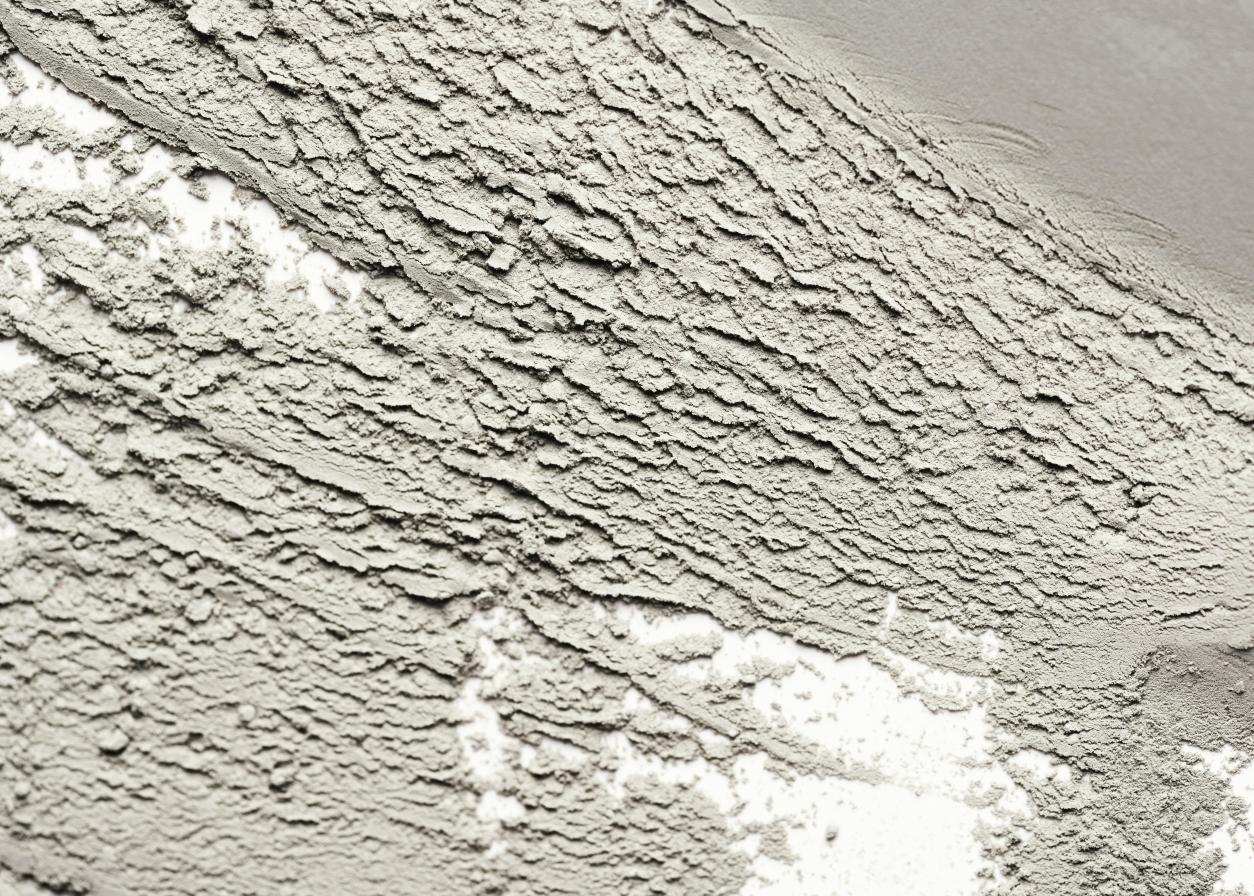Jul. 09, 2025
Are you struggling with inconsistent mortar performance in your construction projects? Many users face challenges like poor adhesion, low workability, and decreased durability. Fortunately, adding HPMC (Hydroxypropyl Methylcellulose) to your cement mortar can significantly enhance its properties. In fact, studies show that HPMC can improve water retention by up to 30%, subsequently increasing the mortar's strength and application time. This article will shed light on real-world experiences and the science behind HPMC to help you achieve better results in your next project.

By incorporating HPMC into your cement mortar, you can address these pain points effectively. HPMC not only enhances workability but also significantly extends the open time of the mortar, allowing more flexibility during application. With proper use, as noted in a case study involving several construction teams in Chicago, HPMC-modified mortar exhibited a 25% reduction in cracking incidents compared to traditional mixes.
To successfully modify your mortar with HPMC, you will need the following materials, tools, and tutorials:
Materials: Cement, sand, HPMC (recommended brands include henggu jianxin), water.
Tools: Mixing equipment, trowels, buckets.
Tutorials: Review guidelines for mixing and applying HPMC-enhanced mortar.

Measure your materials: Begin by measuring out the appropriate ratio of cement, sand, and HPMC. A typical mix might include 1 part cement, 3 parts sand, and 2% HPMC by weight of the cement.
Mix dry ingredients: In a clean mixing container, combine the dry ingredients thoroughly to ensure uniform distribution of HPMC.
Add water gradually: Slowly add water while mixing to create a homogeneous mixture. Aim for a workable consistency; test the mix by holding it in a trowel—if it stays without falling, it's ready.
Test workability: Prior to application, assess the workability of your modified mortar. It should have extended open time compared to standard mixes, extending up to 60 minutes.
Apply the mortar: Begin applying the mortar using a trowel or other tools as per your project requirements. Ensure even coverage and optimal bonding with the substrate.
Allow for proper curing: After application, allow the mortar to cure appropriately. Avoid rapid drying conditions to maintain strength and adhesion.
| Error | Solution |
| Incorrect water-to-cement ratio | Ensure precise measurements; too much water can weaken the mix. |
| Inconsistent mixing leading to lumps | Mix thoroughly until a uniform texture is achieved. |
| Insufficient curing time | Provide at least 24 hours for the mortar to start curing before exposure. |
Summary and Suggestions
Incorporating HPMC into your cement mortar can drastically enhance its performance, resulting in improved adhesion, workability, and durability. Whether you are a contractor in need of reliable solutions or a DIY enthusiast seeking better outcomes, HPMC-modified mortars are proving invaluable in numerous projects. For best results, consider using quality HPMC products, such as those from henggu jianxin, to ensure you get the performance you need for a successful build.
FAQs
1. What is HPMC?
Hydroxypropyl Methylcellulose (HPMC) is a cellulose ether used in a wide range of construction materials, known for improving workability and water retention.
2. How does HPMC improve mortar performance?
HPMC enhances water retention, improves mortar viscosity, extends open time, and allows for better adhesion, leading to more robust masonry work.
3. Can HPMC be used in all types of mortar formulations?
Yes, HPMC can be used in various mortar types, including thin-set tile adhesives, repair mortars, and stucco mixtures.
Shijiazhuang Henggu Jianxin Cellulose Co., Ltd.
Chemical Industrial Park, Xinji City, Hebei Province, China Post Code: 052360
Copyright 2023 Shijiazhuang Henggu Jianxin Cellulose Co., Ltd. All Rights Reserved